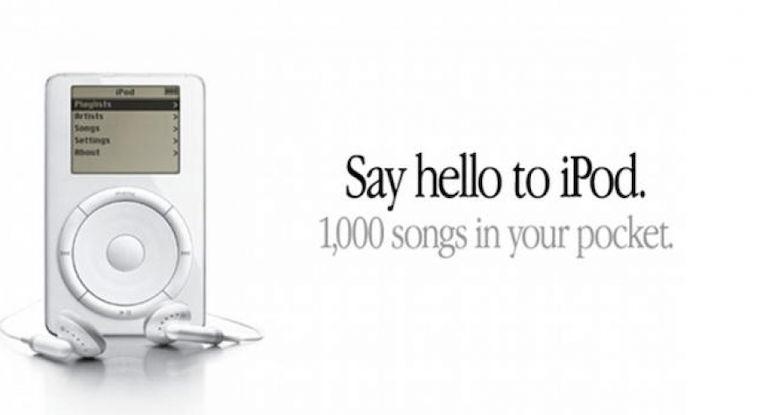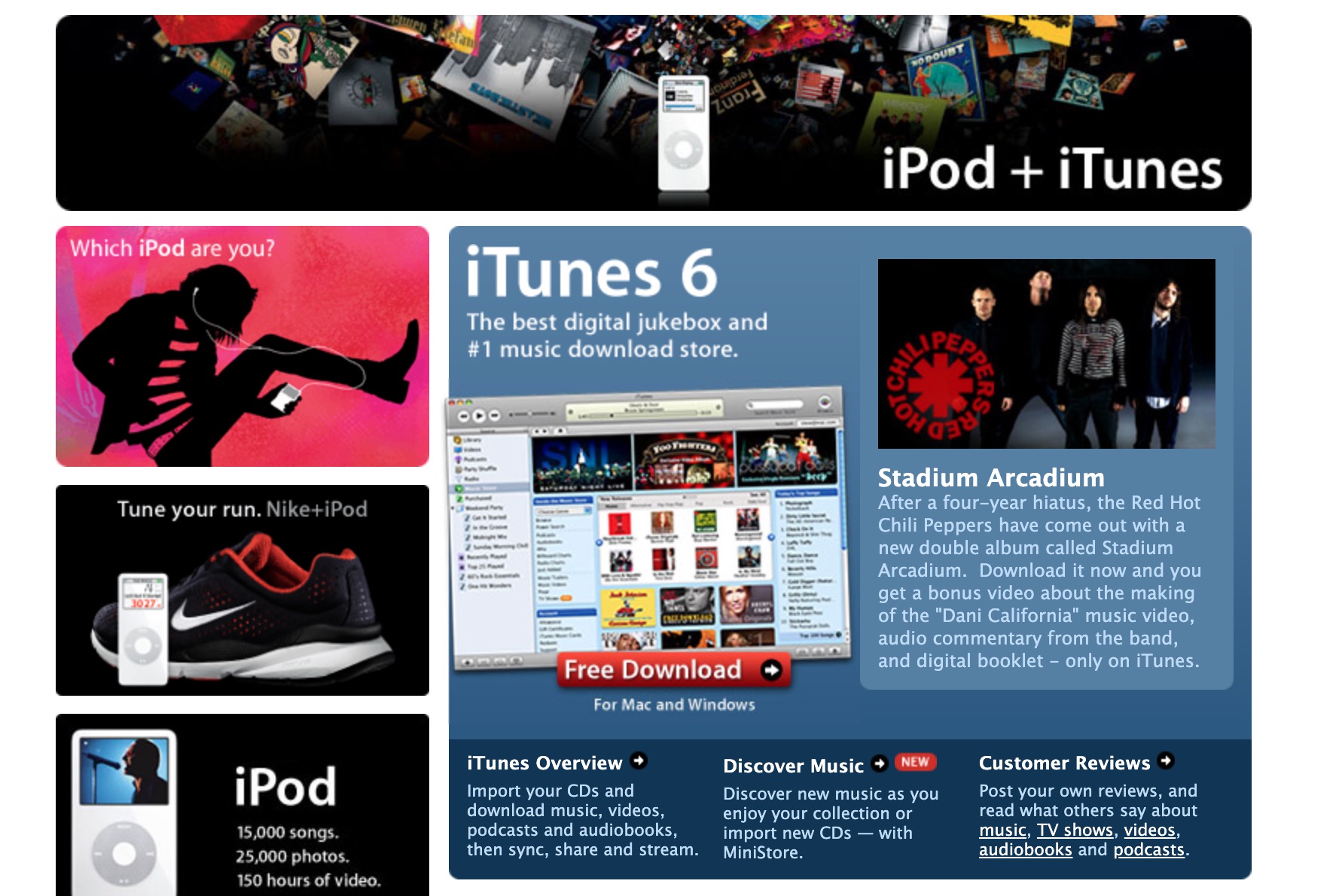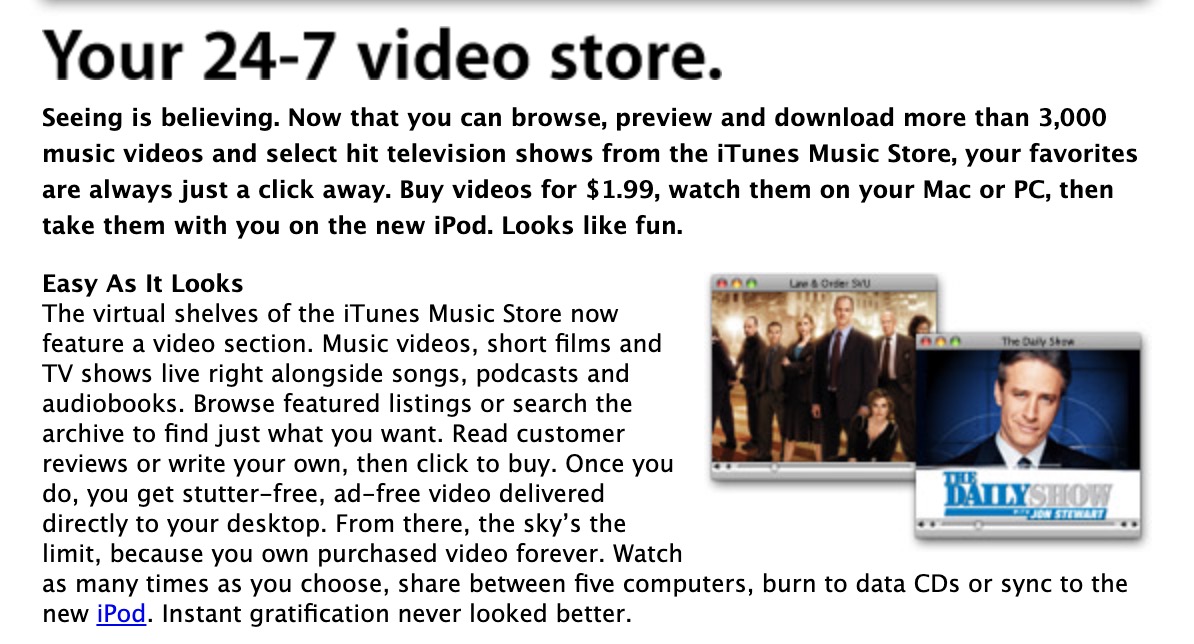The iTunes Music Store was launched in late April 2003. At first, users could only buy music tracks, but two years later, Apple's management decided that it might be worth trying to start selling music videos through the platform.
It could be interest you

The aforementioned option was given to users with the arrival of iTunes 4.8 and was originally a bonus content for those who purchased an entire album on the iTunes Music Store. A few months later, Apple already started offering customers the option to buy individual music videos, but also short films from Pixar or selected TV shows, for example. The price per item was $1,99.
In the context of the times, Apple's decision to start distributing video clips makes perfect sense. The YouTube service was still in its infancy at the time, while the increasing quality and capabilities of the Internet connection provided users with even more options than in the past. The option to purchase video content has been met with a fairly positive response from users – as well as the iTunes service itself.
But the success of the virtual music store meant a certain threat to companies that distributed media content on classic media. In an effort to keep up with iTunes-like competition, some publishers began selling CDs with bonus material in the form of music videos and other material that users could play by inserting the CD into their computer's drive. However, the improved CD never met with mass adoption and could not compete with the convenience, simplicity and user-friendliness that iTunes offered in this regard - downloading videos through it was as simple as downloading music.
It could be interest you

The first music videos that iTunes began to offer were part of collections of songs and albums with bonus material - for example, Feel Good Inc. by Gorillaz, Antidote by Morcheeba, Warning Shots by Thievery Corporation or Pink Bullets by The Shins. The quality of the videos wasn't amazing by today's standards - many videos offered a resolution of 480 x 360 pixels - but the reception from users was generally positive. The importance of video content was also confirmed by the arrival of the iPod Classic of the fifth generation with the offer of video playback support.


